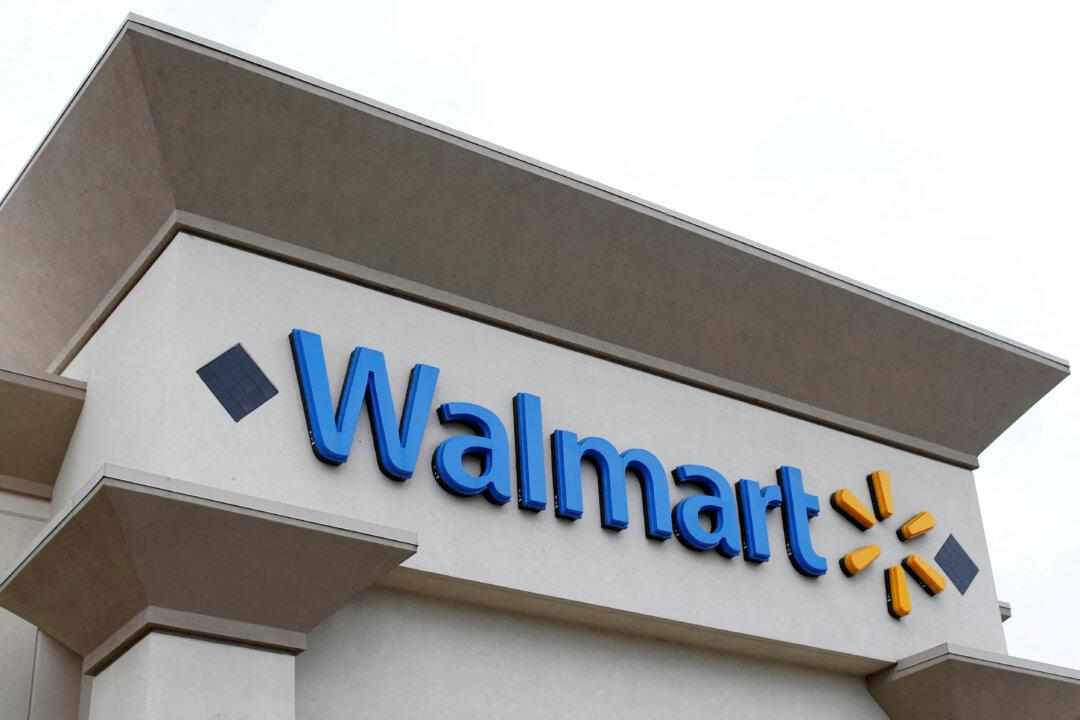Walmart said on Wednesday that inflation would continue to pressure its business this year, and that it would slow its pace of hiring as it builds out automation technology.
“We believe, over time, the number of associates will grow, but at a slower pace than in the past as we complement people growth with technology and automation,” CFO John David Rainey said at the company’s investor meeting in Tampa, Florida.




